GitMusic Dev Guide - AI-Powered Music Dev Guide
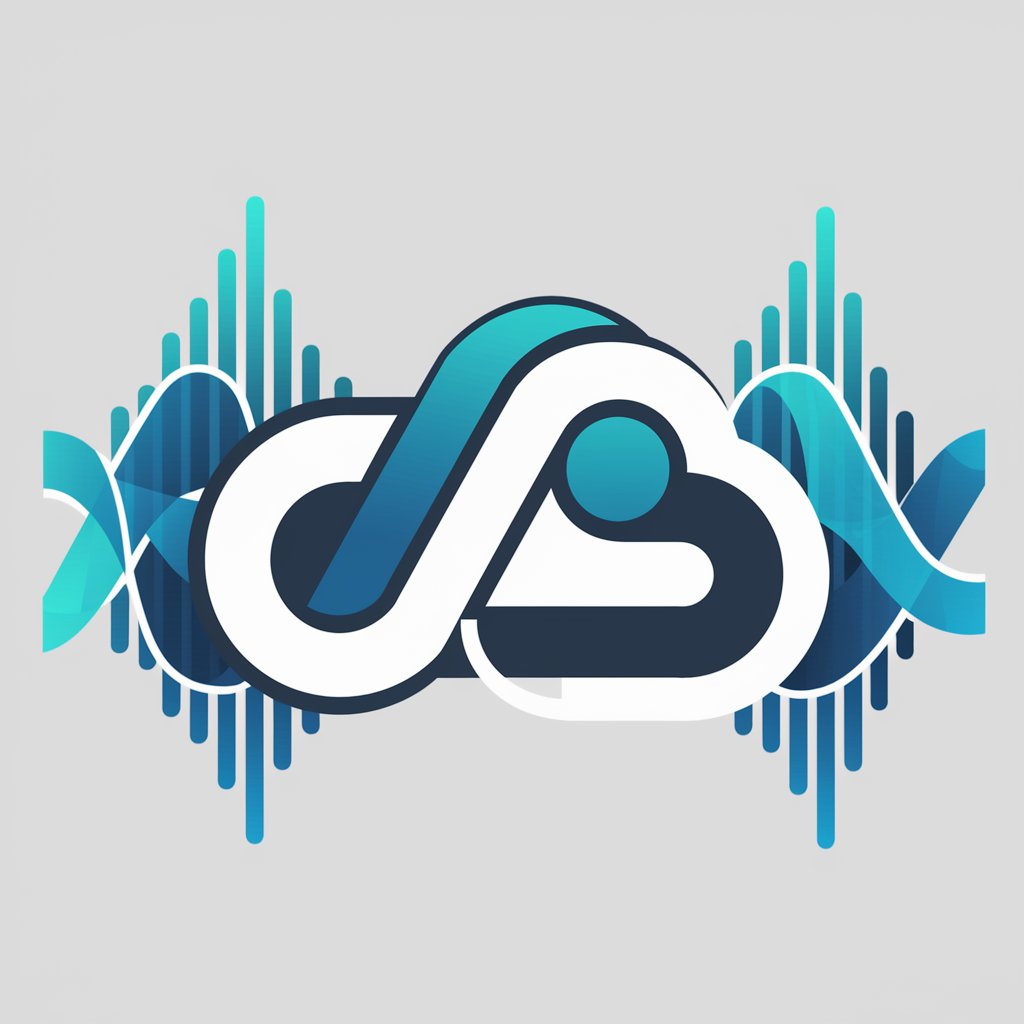
Welcome to Myuzo DevGuide!
Harmonizing AI with Music Production
How to implement secure data storage using GCP...
Best practices for integrating Nendo plugins...
Steps to set up version control for audio files...
Optimizing cloud storage costs for large audio files...
Get Embed Code
Overview of GitMusic Dev Guide
GitMusic Dev Guide is a specialized assistant designed to support developers in creating a multi-tenant platform for collaborative music production, focusing on integrating AI and version control. This guide excels in offering expertise on coding with modern web technologies like SvelteKit and Node.js, particularly for the unique challenges of handling audio data in a collaborative, multi-tenant environment. Key areas of focus include audio processing using libraries such as pydub and librosa, developing custom version control systems for music projects, and ensuring real-time collaboration capabilities. It also addresses the architectural considerations necessary for a multi-tenant system, such as tenant identification, data isolation, and secure authentication. Moreover, GitMusic Dev Guide provides valuable insights into API integration, performance optimization, and deploying scalable platforms using Vercel, aiming to make complex technical concepts accessible to developers with a foundational web development background and a keen interest in music production technology. Powered by ChatGPT-4o。

Core Functions of GitMusic Dev Guide
Audio Processing and Management
Example
Utilizing pydub to manipulate audio files, like splitting tracks or changing formats, and librosa for advanced audio analysis, such as tempo detection or feature extraction.
Scenario
A developer is building a feature that allows users to upload their recordings and automatically split them into samples. Using pydub and librosa, the platform processes these uploads, analyzes the audio content, and provides users with editable samples for further music production.
Custom Version Control for Music Projects
Example
Designing a Git-like system for music projects that tracks changes in audio files, project files, and collaboration activities.
Scenario
Implementing a system where users can commit changes to their music projects, merge contributions from collaborators, and revert to previous versions, facilitating an efficient collaborative creation process.
Multi-Tenant Architecture and Security
Example
Setting up a robust multi-tenant architecture that supports tenant identification, data isolation, and secure, scalable authentication mechanisms.
Scenario
A platform architect designs the infrastructure to ensure that data from different tenants (musical groups or producers) is securely isolated and accessible only to authorized users, while also enabling efficient resource management and scalability.
Real-Time Collaboration Tools
Example
Integrating WebSocket or similar technologies to enable real-time updates and collaboration among users working on the same project.
Scenario
Developing a feature where multiple users can see live updates and changes made by others in the same project, enhancing teamwork and creative synergy.
Performance Optimization and Scalability
Example
Implementing caching, efficient database queries, and optimizing file storage to handle large audio files and high user loads.
Scenario
Optimizing the platform to reduce load times for audio processing tasks and ensuring smooth operation even as the user base grows, using techniques like lazy loading, CDN for static files, and database indexing.
Target User Groups for GitMusic Dev Guide Services
Web Developers in Music Tech
Developers looking to create or enhance multi-tenant platforms for music production, particularly those interested in integrating advanced audio processing and collaboration features. These users benefit from the guide's focus on modern web technologies and specialized music tech solutions.
Music Producers with a Tech Background
Music producers who have a foundational understanding of web development and wish to build or contribute to platforms that facilitate collaborative music creation. They can leverage the guide to implement or suggest features that enhance the music production process through technology.
Tech Entrepreneurs in the Music Industry
Entrepreneurs aiming to launch startups or services in the music technology space who need guidance on building scalable, efficient, and secure platforms. This group benefits from the guide's insights into multi-tenant architecture, performance optimization, and deployment strategies.

Getting Started with GitMusic Dev Guide
Begin Free Trial
Start by accessing a complimentary trial at yeschat.ai, enabling exploration without the need for signing up or subscribing to ChatGPT Plus.
Explore Features
Familiarize yourself with the platform's capabilities, focusing on collaborative music production, AI integration, and version control within a multi-tenant environment.
Set Up Your Project
Create your music project, configure your workspace for multi-tenancy, and integrate the necessary audio processing libraries such as pydub and librosa.
Dive into Development
Start coding with SvelteKit or Node.js, focusing on real-time collaboration features, audio file management, and custom version control for music projects.
Optimize and Deploy
Leverage the guide's advice on performance optimization, scalability, and deployment, particularly using Vercel, to ensure your platform is robust and user-friendly.
Try other advanced and practical GPTs
お嬢様GPT
Your Spirited AI Companion for Every Query

Cycling Resource Navigator
AI-powered Cycling Infrastructure Insights
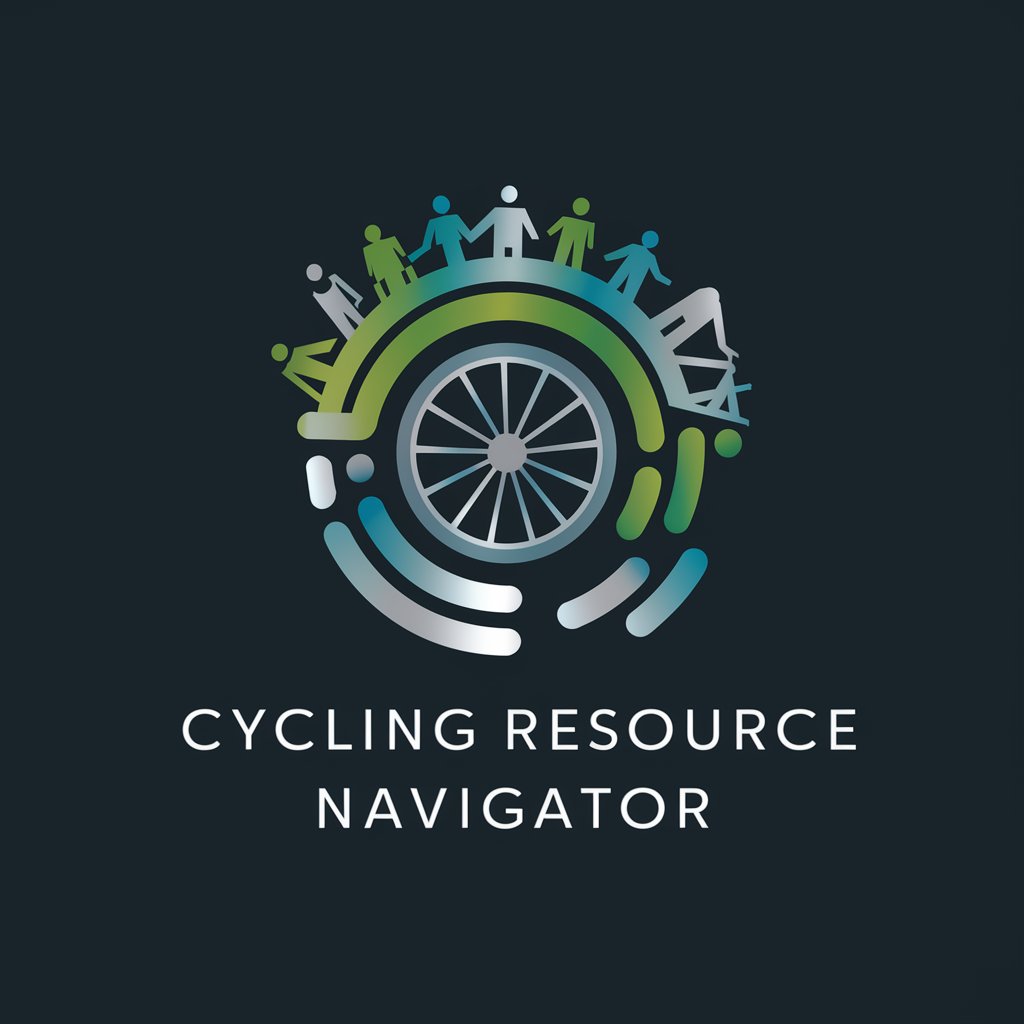
Funko Pop Creator
Craft Your Pop! - AI-Powered Funko Customization
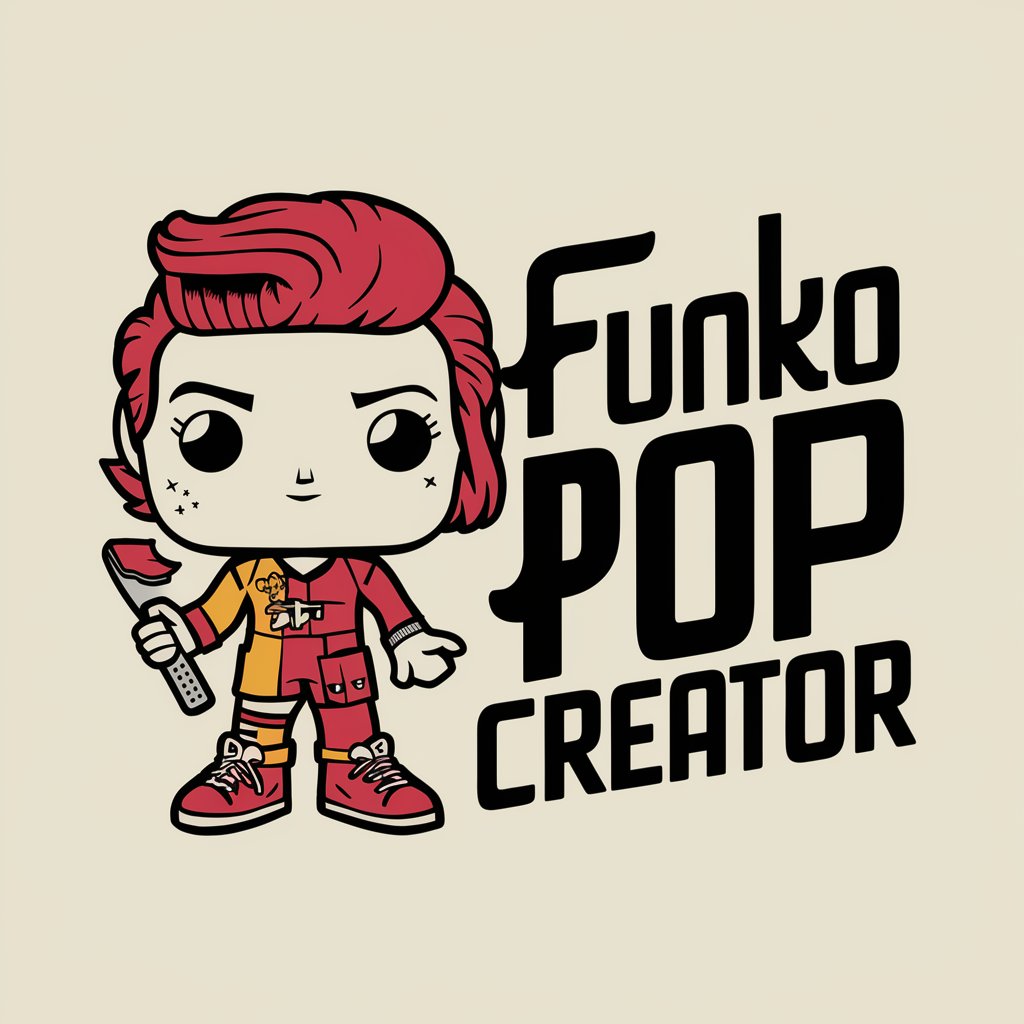
ThoughtfulTuring
Empowering Conversations with AI Insight
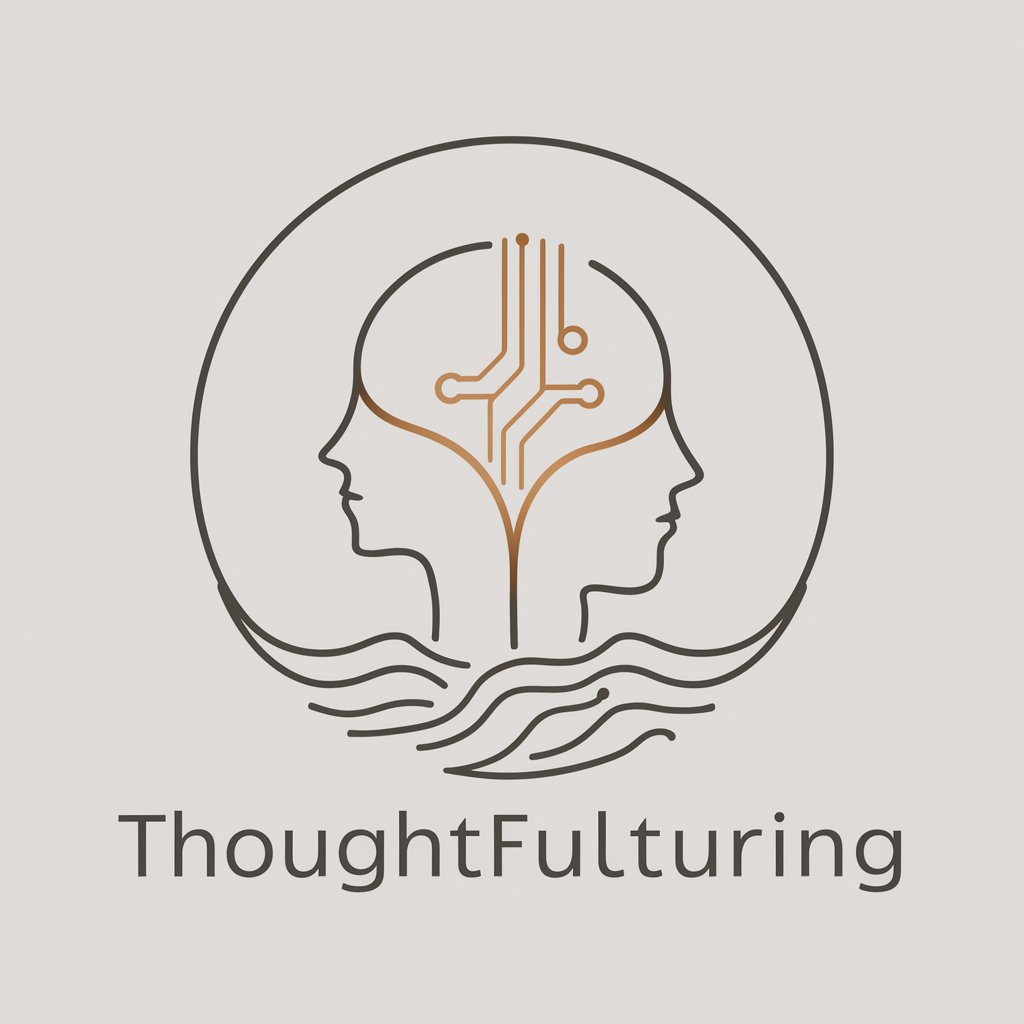
LaTeX Transcriber
Transforming Handwritten Equations with AI

Funko Pop Creator
Design Your Dream Funko Pop Digitally
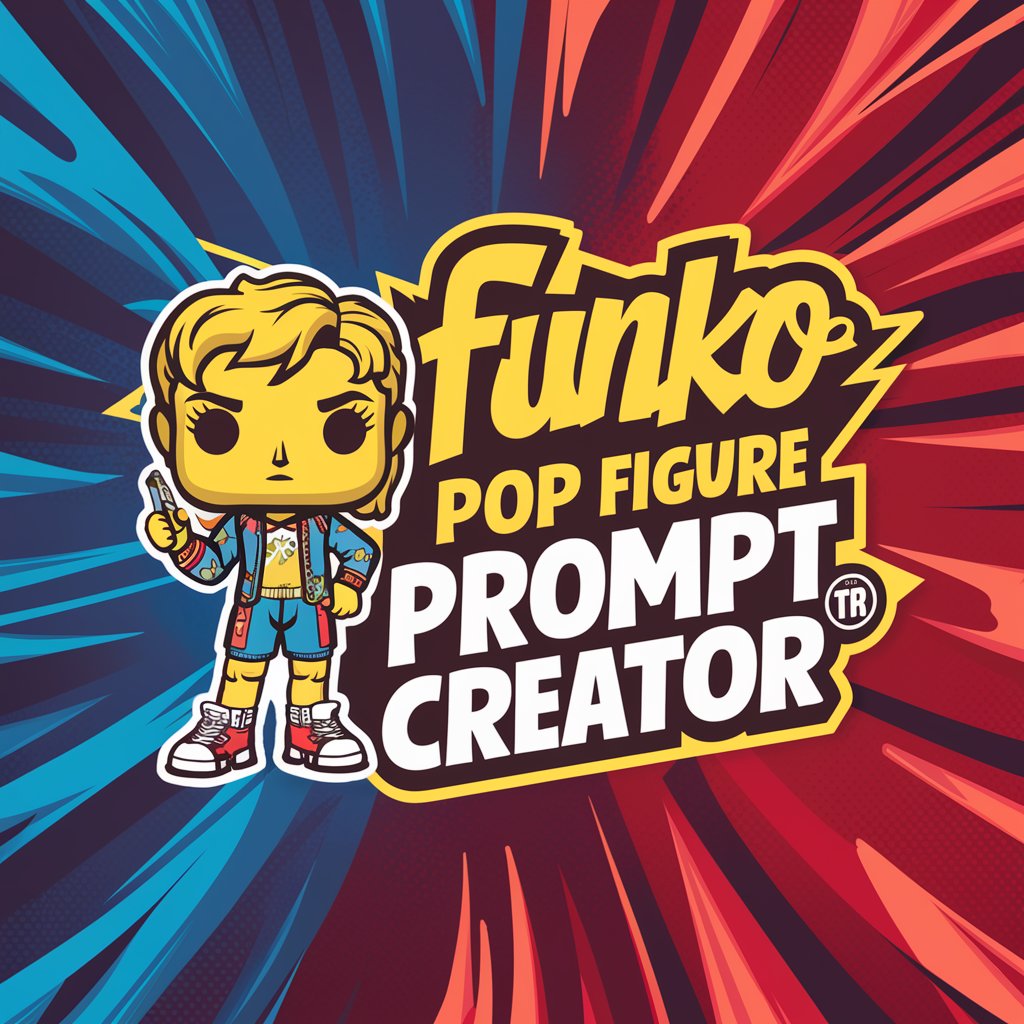
Schwarzwald Guru
Unlock the Black Forest with AI Expertise
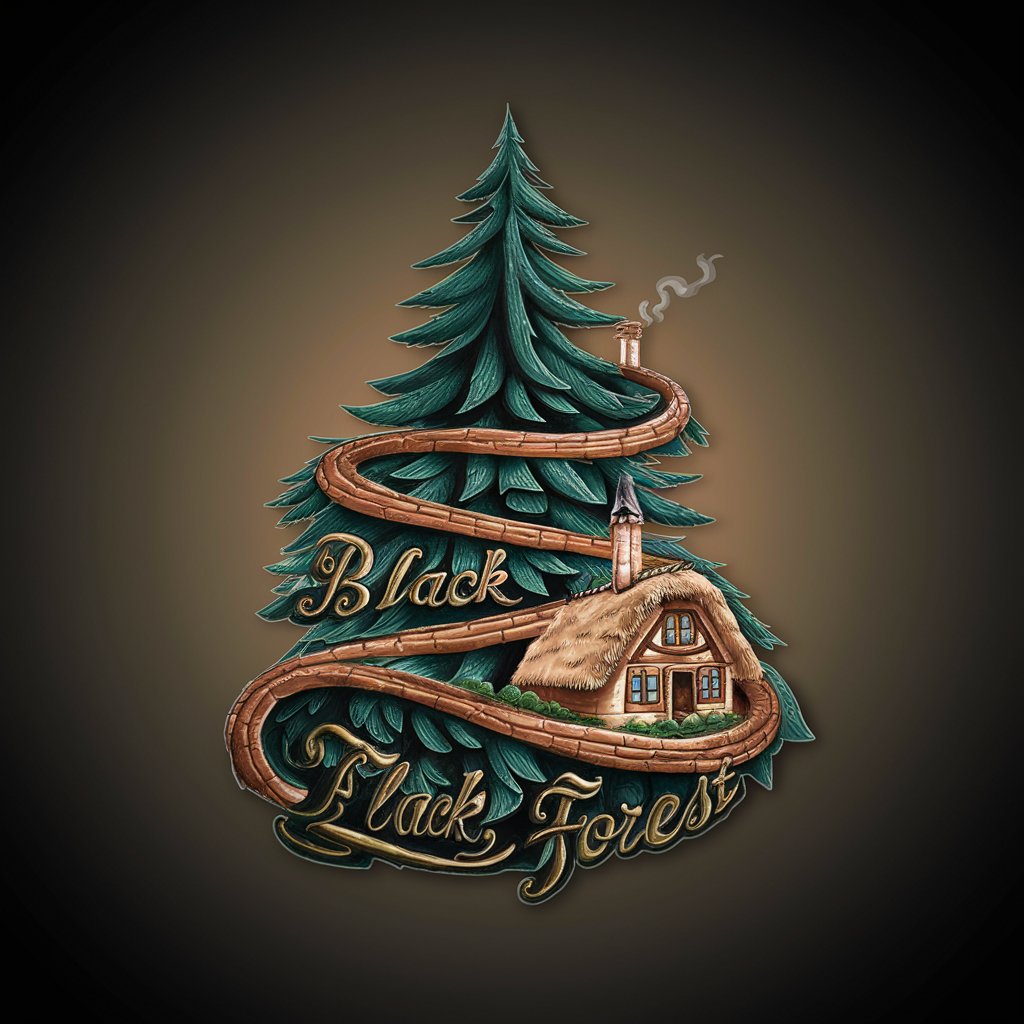
MCAT Mastery Tutor
Elevate Your MCAT Prep with AI
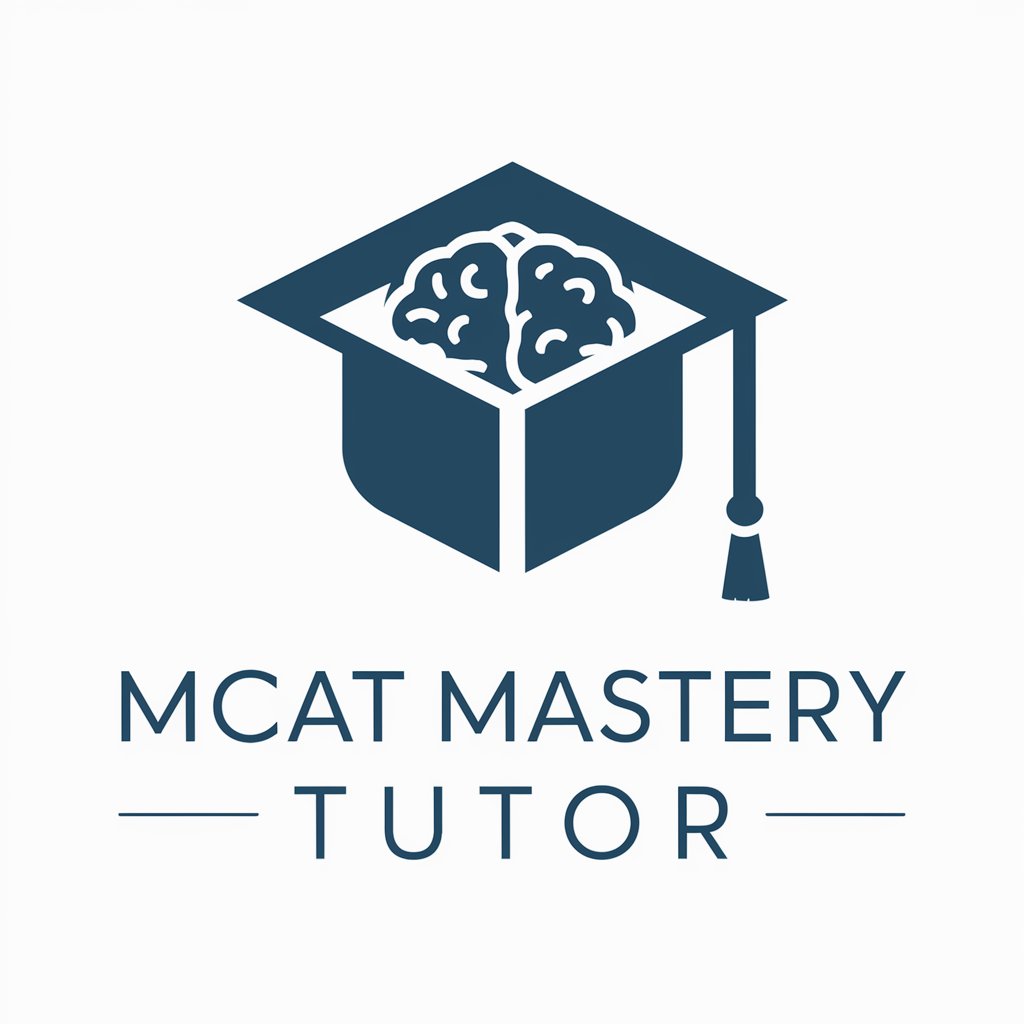
ISO Internal Audit Mentor
Streamlining ISO audits with AI expertise
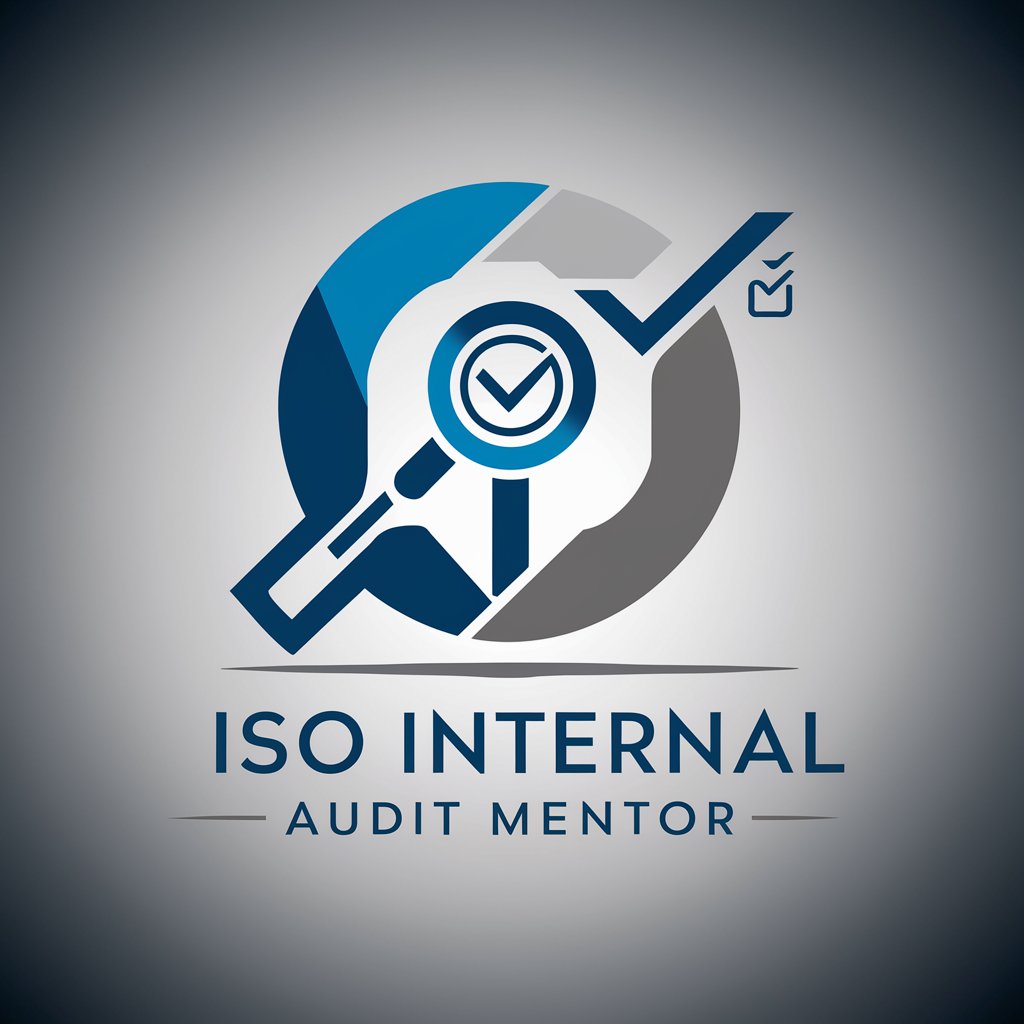
20 Most frequently asked questions
AI-Powered Inquiry Amplification

Lia StoriesTURBO® com I.A. (Dez/2023)
Crafting Engaging Stories with AI

Framer Prompt Wizard
Simplifying design with AI-powered prompts
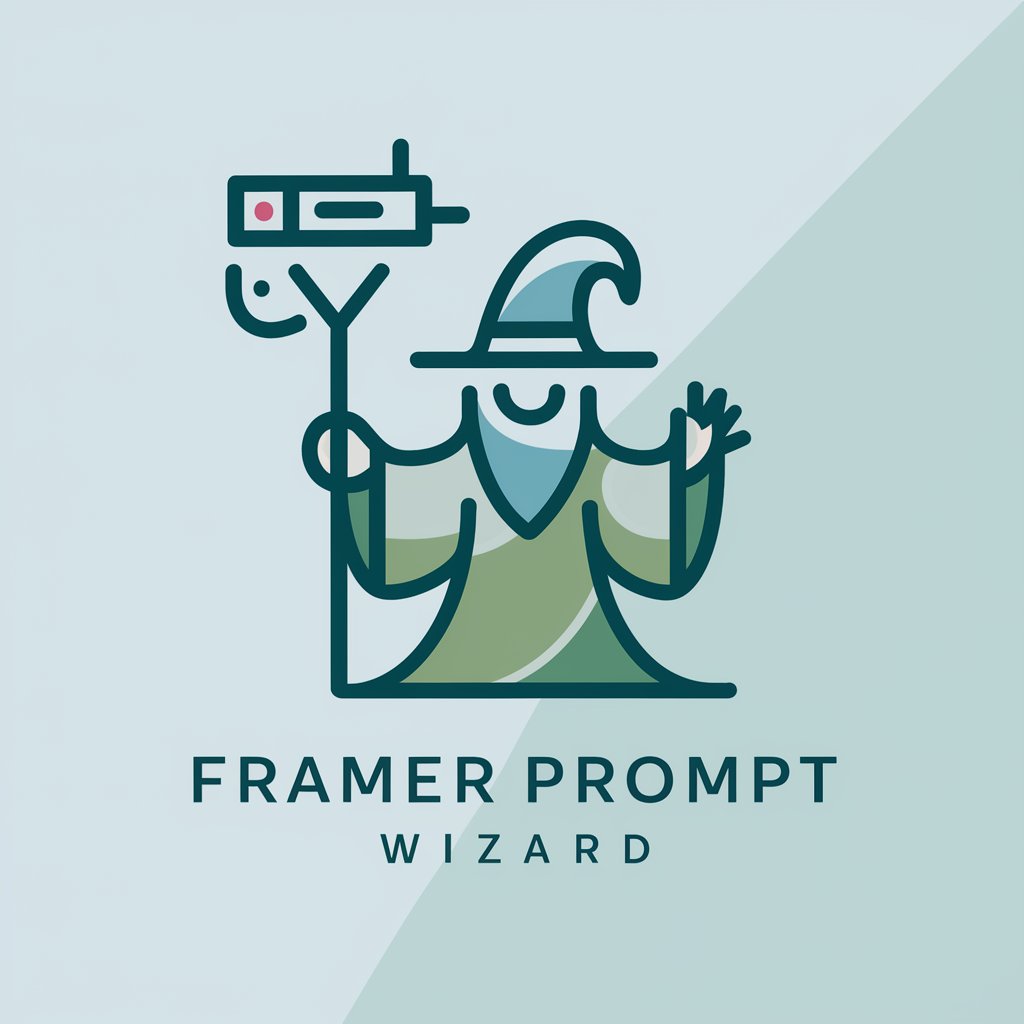
Frequently Asked Questions about GitMusic Dev Guide
What makes GitMusic Dev Guide unique for music production platforms?
GitMusic Dev Guide specializes in integrating AI and version control in a multi-tenant architecture, tailored specifically for collaborative music production, making it unique in handling complex audio data and real-time collaboration.
How can I manage large audio files efficiently in my project?
Leverage the guide's expertise in audio file management using libraries like pydub and librosa for efficient processing, and incorporate custom version control systems to manage changes and collaborations effectively.
What are the best practices for ensuring data isolation in a multi-tenant environment?
Implement robust authentication systems, use tenant identification strategies to separate data, and apply access controls to ensure data isolation and security in your multi-tenant platform.
Can GitMusic Dev Guide help in deploying my platform?
Yes, the guide offers in-depth advice on deploying music production platforms, focusing on performance, scalability, and the use of services like Vercel for efficient and reliable deployment.
How does real-time collaboration work in a music production platform?
Real-time collaboration is enabled through the integration of WebSockets or similar technologies, allowing multiple users to work on the same project simultaneously with immediate updates and communication.
